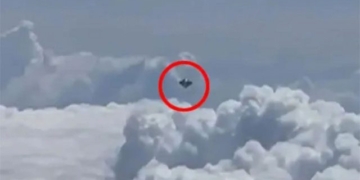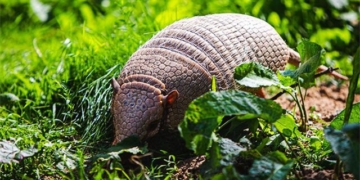Researchers have discovered that ants use a biological pedometer to find their way home without getting lost.
 |
| An ant counts its steps to find its way home (Photo: Livescience) |
Desert ants on their foraging journeys use cues from the sky to navigate their way home. However, with very few landmarks in the vast expanse, scientists have wondered how these insects consistently choose the shortest route and know exactly how far they have to go.
Recent research indicates that counting steps is a crucial part of this strategy.
Over the years, scientists have proposed several hypotheses about how ants find their way home.
One hypothesis suggested that they behave like bees, memorizing visual cues, but experiments showed that ants can move in the dark and even when blindfolded. Another hypothesis was dismissed because ants crawl at a steady speed, which would allow them to estimate the time taken to go to and from their destination. Other research showed that once ants find a food source, they teach other ants how to get there.
 |
| When an ant finds a food source, it teaches other ants how to get there (Photo: Livescience) |
In 1904, the hypothesis regarding ants’ step measurement technique was proposed but remained unverified.
Now, scientists have trained desert ants, specifically Cataglyphis fortis, to travel in a straight line from their nest to a food source located 914 cm away. If the nest or food source is moved, the ants are able to redirect themselves and find a new target.
Next, the researchers conducted a minor surgery. They attached a stilt-like apparatus to the ants to extend their stride. They also shortened the ants’ legs to decrease their step length.
By altering the stride length, researchers could determine whether the ants were using a mechanism similar to a pedometer to measure distance or if they were counting steps using a biological pedometer.
The results showed that ants with stilts still took the correct number of steps but overshot their target due to the longer stride. In contrast, the ants whose legs were shortened stopped short of the target.
After adapting to their new legs, the ants were able to recalibrate their step measurement and head home more accurately. This proves that ants count their steps to determine their path.
M.T.




















































